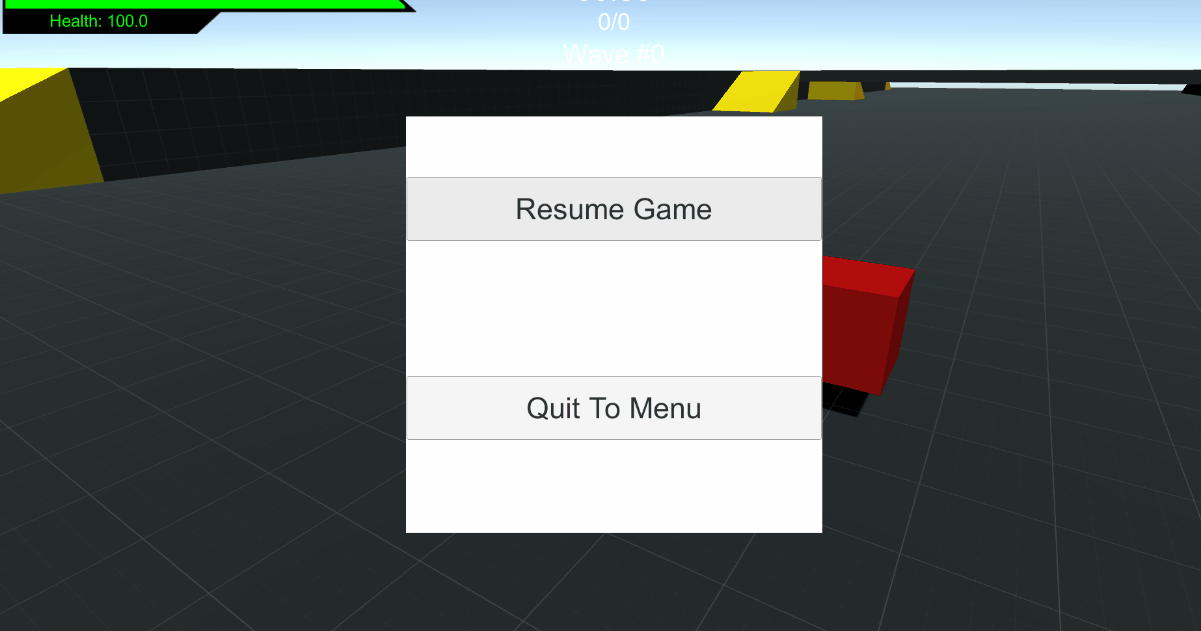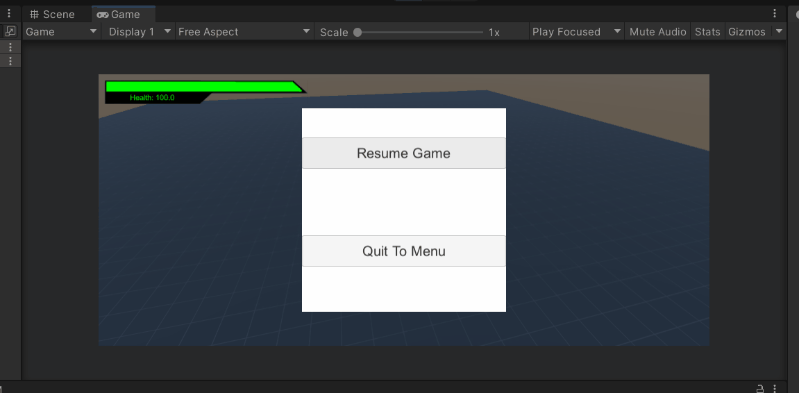Postmortem: Lessons from a Solo Game Dev Prototype
A postmortem on a 3D action game prototype, covering design goals, technical challenges, scope management, and key lessons learned from pausing the project.
Raul G
August 1, 2022
Introduction: The Vision
For years, I've been passionate about game development. In mid-2021, I embarked on a project to bring a long-held concept to life: a fast-paced, 3D action game inspired by the fluid, powerful movement seen in anime. The core design pillars were Speed and a One-Versus-Many combat dynamic. The goal was to create an experience where player skill, expressed through graceful movement and tactical combat, could overcome overwhelming odds.
This document serves as a postmortem of that prototype, detailing its development, the challenges faced, and the critical lessons learned about scope, solo development, and project management.
Phase 1: Prototyping Core Mechanics (Builds 1-8)
The initial focus was on nailing the "feel" of the game. Working in Unity with C#, I prioritized the player controller and camera systems.
Key Features Developed:
- Movement System: The foundation was a physics-based controller that emphasized momentum. Core abilities included a double jump and a critical mid-air dash, which became central to the game's flow.
- Enemy AI: To complement the player's speed, the initial enemy AI was designed to penalize inaction. Melee enemies would chase, charge up an attack, and pounce, forcing the player to stay mobile.
- Combat System: I implemented a basic combat loop with a sword for melee attacks and two returning boomerangs for ranged engagement.
- Wave Management: A flexible wave manager script was created to control the spawning of enemies, allowing for designed combat encounters across a test arena.
 Early prototype showcasing movement, combat, and the wave system.
Early prototype showcasing movement, combat, and the wave system.
By the eighth build, the project had all the necessary systems for a complete game loop: a main menu, health/lose conditions, and a win condition (clearing all enemy waves). The core mechanics felt promising, but the path forward revealed significant challenges.
Phase 2: The Challenge of Scope
As the prototype evolved, so did the list of requirements for a minimum viable product:
- Enemy Variety: The game needed more than just one melee enemy type. I refactored the AI code into a component-based system, allowing for easier creation of new archetypes like ranged shooters. This modular approach, separating navigation, health, and combat behaviors, was a success.
- Level Design: An empty arena was insufficient. A well-designed level that complemented the player's verticality and the enemy spawning system was critical.
- Art and Aesthetics: The project used placeholder assets. A full release required a cohesive art style, 3D models, animations, particle effects, and a polished UI.
- Procedural Generation: The long-term vision included procedurally generated waves to enhance replayability.
It became clear that the project's scope was far too ambitious for a solo developer working part-time. Each requirement represented a massive undertaking.
 Later UI and system refinements, including Test-Driven Development practices.
Later UI and system refinements, including Test-Driven Development practices.
Phase 3: Pivoting and Lessons Learned
The realization of the project's true scale led to a difficult but necessary decision: to pause development. This pivot was not a failure, but a strategic choice based on several key learnings.
Lesson 1: The Perils of Unchecked Scope
My passion for the project led me to continuously add features, a classic case of "scope creep." While features like leaderboards and complex enemy AI were exciting, they weren't essential for validating the core concept. Takeaway: A solo developer must be ruthless in prioritizing the absolute minimum required to create a fun experience.
Lesson 2: The Value of Smaller, Shippable Projects
In an attempt to force a smaller scope, I challenged myself to build a complete multiplayer maze-racing app in just 12 days. I completed the core single-player mechanic quickly but then fell into the same trap, designing complex multiplayer features like rankings, skins, and stores. This experiment reinforced the primary lesson: the discipline to ship a small, polished product is a skill in itself. Takeaway: The experience gained from completing and shipping a small project far outweighs that from an ambitious, unfinished prototype.
Lesson 3: Differentiating a Hobby from a Product
My initial designs were influenced by monetization and user retention strategies. I realized this was distracting me from the core goal: making a game that was simply fun to play. Takeaway: For personal projects, focusing on the intrinsic enjoyment of the creative process leads to better outcomes than prematurely optimizing for commercial success.
Conclusion
Pausing "Project: Anime Motion" was the right decision. The prototype successfully validated the core mechanics and provided an invaluable, hands-on education in the realities of solo game development. The primary lesson was in understanding the critical importance of managing scope.
The experience has shifted my focus towards creating smaller, more polished games that I can complete and release. The skills honed in C#, Unity, AI programming, and system design during this project are directly applicable to future endeavors, but they will now be applied to projects with a much clearer and more realistic scope.